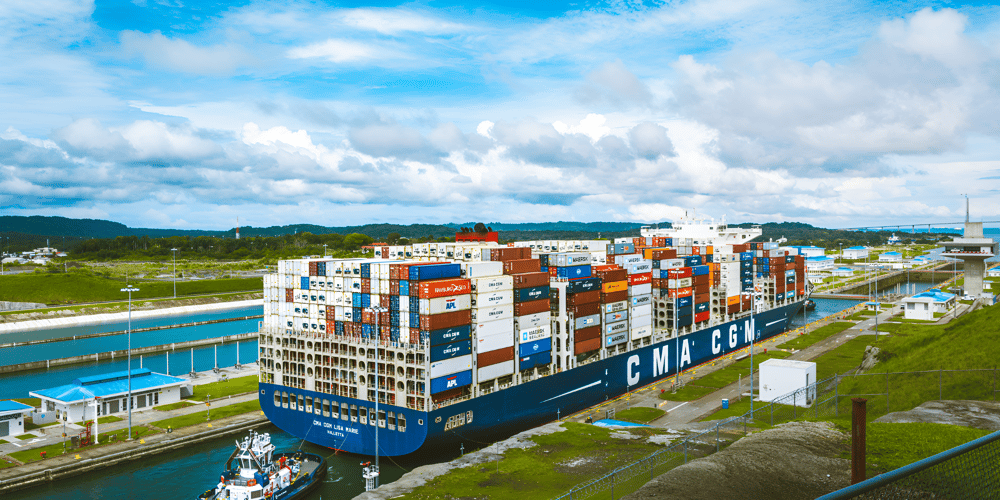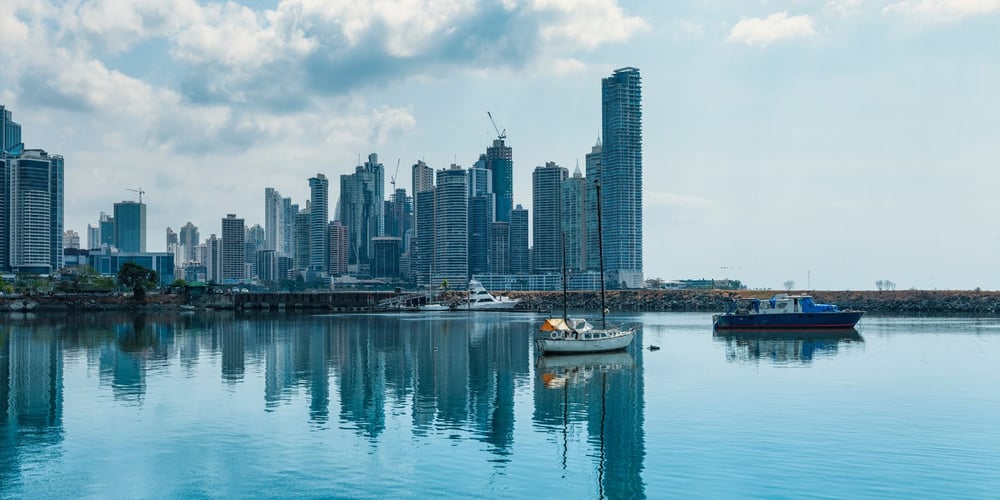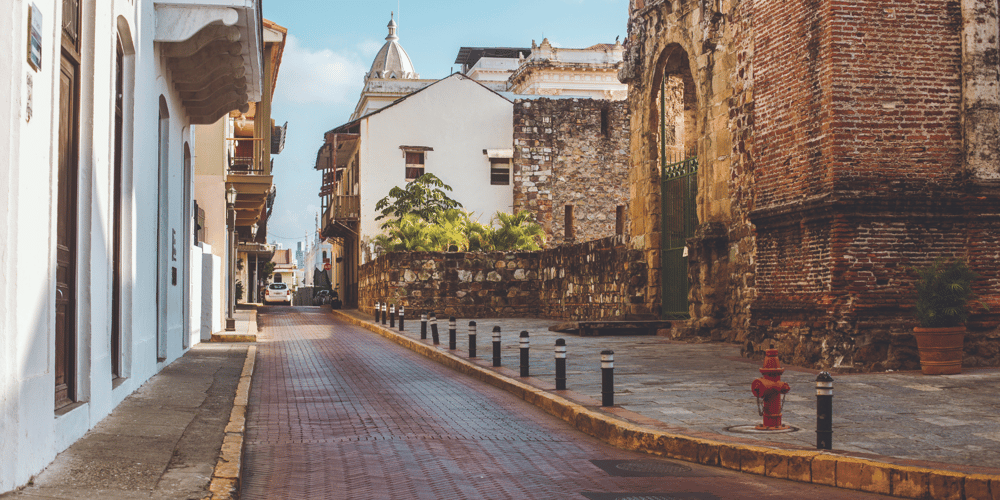Panama's Economic Growth: A Comprehensive Overview
Panama has emerged as a regional leader in economic performance, driven by robust infrastructure projects, a strategic geographical location, and sound fiscal policies. This pillar page will explore the key factors contributing to Panama’s growth, its major industries, challenges, and future outlook.
Chapter 1: Overview of Panama’s Economic Growth
Panama's economic growth reached a remarkable 7.3% in 2023, fueled by a combination of domestic and international factors (Ministry of Economy and Finance). This growth is largely driven by the country's strategic sectors such as construction, retail, and services. In 2023, Panama’s GDP amounted to B/. 83,382.4 million, a significant rise compared to the previous year (Ministry of Economy and Finance)
The construction sector alone contributed to a 36.7% increase in building permits, spurred by both residential and commercial projects (Ministry of Economy and Finance). Retail and wholesale sectors also showed strong performance, particularly through increased fuel sales, while the manufacturing sector, led by concrete production, grew by 17.7%, signifying a resurgence of industrial activity (Ministry of Economy and Finance).
Chapter 2: Key Sectors Driving Panama’s Growth
2.1 Construction and Infrastructure
The construction sector has been the bedrock of Panama’s economic expansion, representing nearly 20% of the GDP in 2023. Large infrastructure projects, such as the expansion of Tocumen International Airport and investments in the Panama Canal, continue to attract both local and foreign investments (Ministry of Economy and Finance).
Panama’s growth in construction is underpinned by a robust real estate market. According to ACOVIR, the country has experienced increased demand for both commercial and residential spaces (MEF Gob). The government's investments in public infrastructure projects, such as highways and ports, have further amplified this sector's performance.
2.2 Financial Services and Banking
Panama’s financial sector has been one of the most resilient and diversified in Latin America. The country’s banks are recognized for their strength and stability, with foreign direct investment (FDI) flowing into areas like fintech and banking. According to the World Bank, Panama has become an attractive hub for international financial institutions due to its tax-friendly environment and transparent fiscal policies (Ministry of Economy and Finance).
Additionally, Panama has continued to modernize its financial regulations, which include fiscal consolidation efforts, improving the overall business climate for local and international investors (Ministry of Economy and Finance)
Chapter 3: Role of the Panama Canal and Trade
A critical driver of Panama’s economic success is the Panama Canal, a global shipping hub that connects the Atlantic and Pacific Oceans. The Canal has consistently been a major revenue source, contributing to both national and global trade. In 2023, operations in the Canal saw strong growth, with a 9.0% increase in revenues (Ministry of Economy and Finance)
Furthermore, the Colón Free Trade Zone, one of the world’s largest free trade zones, remains a vital player in Panama's re-export economy. In 2023, re-exports, particularly of electronics and clothing, surged, benefiting from Panama’s strategic position as a logistical hub (Ministry of Economy and Finance)
Chapter 4: Tourism and Real Estate Investments
Panama’s tourism sector has also become a pillar of economic growth, contributing significantly to GDP. The country has become a favored destination for eco-tourism and international events, helping to drive investment in luxury hotels and resorts (MEF Gob).
The recent surge in cruise ship activity in 2023 brought 69,633 passengers through in-transit services alone (MEF Gob). The Panama Tourism Authority continues to launch initiatives to attract even more tourists and investors in the real estate market, particularly in areas like the beach towns of Bocas del Toro and Pedasí, renowned for their biodiversity and growing expatriate communities.
Chapter 5: Fiscal Policy and Public Debt
Panama’s fiscal policy has remained one of the most stable in the region, with a clear focus on reducing the public deficit while maintaining sustainable debt levels. The government has implemented a series of measures to strengthen public finances, including the reduction of subsidies and the implementation of a results-based budgeting system (MEF Gob).
Despite these efforts, Panama’s public debt as a percentage of GDP stood at around 57.9% in 2023 (MEF Gob).
Nevertheless, the country has been on a path of fiscal consolidation, aiming to bring this ratio down through improved tax compliance and curbing unnecessary expenditures (MEF Gob).
Chapter 6: Challenges and Future Outlook
While Panama’s economic growth trajectory remains promising, challenges exist. The country faces income inequality, which has been exacerbated by the pandemic. Additionally, certain sectors, such as copper exports and hydropower generation, experienced a slowdown in 2023 (Ministry of Economy and Finance).
Nonetheless, projections for 2024 and beyond remain optimistic, with expected GDP growth rates between 2.5% and 5.2% (Ministry of Economy and Finance).
Chapter 7: Conclusion
Panama’s impressive economic growth is driven by a combination of robust infrastructure projects, an expanding service sector, and sound fiscal management. The country remains an attractive destination for investors, tourists, and businesses alike. As Panama continues to lead the region economically, its commitment to fiscal responsibility and strategic investments will be crucial in sustaining this growth.
Panama’s future outlook remains positive, with government reforms and infrastructure projects promising to cement its position as a regional powerhouse for years to come.
.png?width=600&height=240&name=Untitled%20design%20(23).png)


